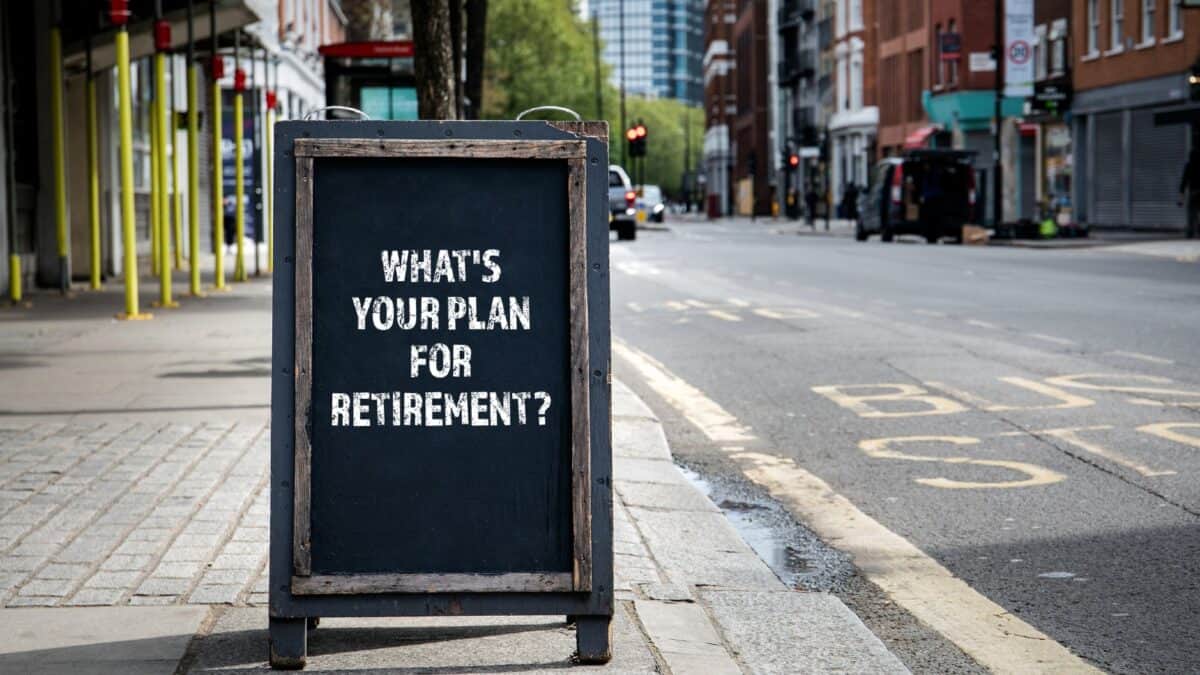ISAs (Individual Savings Accounts) are popular investment vehicles in the UK. At the end of the 2021/2022 tax year, there were over 20m adult ISA account holders across the country.
But how much is the average ISA worth? And, more importantly, how can investors beat the average?
The numbers
The latest data from the UK government (published in June) reveals that at the end of the 2021/2022 tax year, there were 22.2m adult ISA holders.
And combined, these holders had a total of around £742bn invested (roughly £460bn in Stocks and Shares ISAs and £282bn in Cash ISAs).
This means that the average value of these ISAs at the time was a little over £33k.
Now, averages can be a bit misleading at times. That’s because they can be skewed by really high or low values.
I suspect that the ‘Pareto Principle’ or ‘80/20 rule’ could be relevant here (20% of the ISA holders hold roughly 80% of the wealth).
After all, older investors are likely to have a lot more invested than younger investors.
However, for now, let’s run with £33,000 as the average value.
Beating the average
Now, £33k is a decent amount of money. Buy with a robust saving and investment plan, it’s possible to build up far more than this in an ISA.
If my goal was to eclipse the £33k mark, there are three main things I’d do.
Firstly, I’d focus on building my wealth through a Stocks and Shares ISA as opposed to a Cash ISA. With the former, I’d have access to investments that could potentially grow my money much faster.
Secondly, I’d contribute to my ISA regularly. Every month, I’d put money into my account as soon as I was paid (to avoid spending it).
Finally, I’d put my money to work by investing it in the stock market. Over the long term, the stock market tends to provide high returns for investors (around 7-10% per year) so it could help me achieve my goal faster.
When investing in the stock market, I’d spread my capital over a range of different shares to diversify.
For example, I’d invest in technology companies such as Alphabet (Google) and Amazon, consumer goods businesses such as Diageo and Unilever, financial services organisations such as London Stock Exchange Group and Visa, and more.
This approach would lower my risk levels. It would also give me the best chance of generating strong returns over the long term as not every stock is likely to do well for me.
Putting all this together, if I was to invest £500 a month into a Stocks and Shares ISA, and I was able to generate a return of 8.5% per year on my money through the stock market, I could potentially have around double the average ISA value (around £65k) in just eight years.







